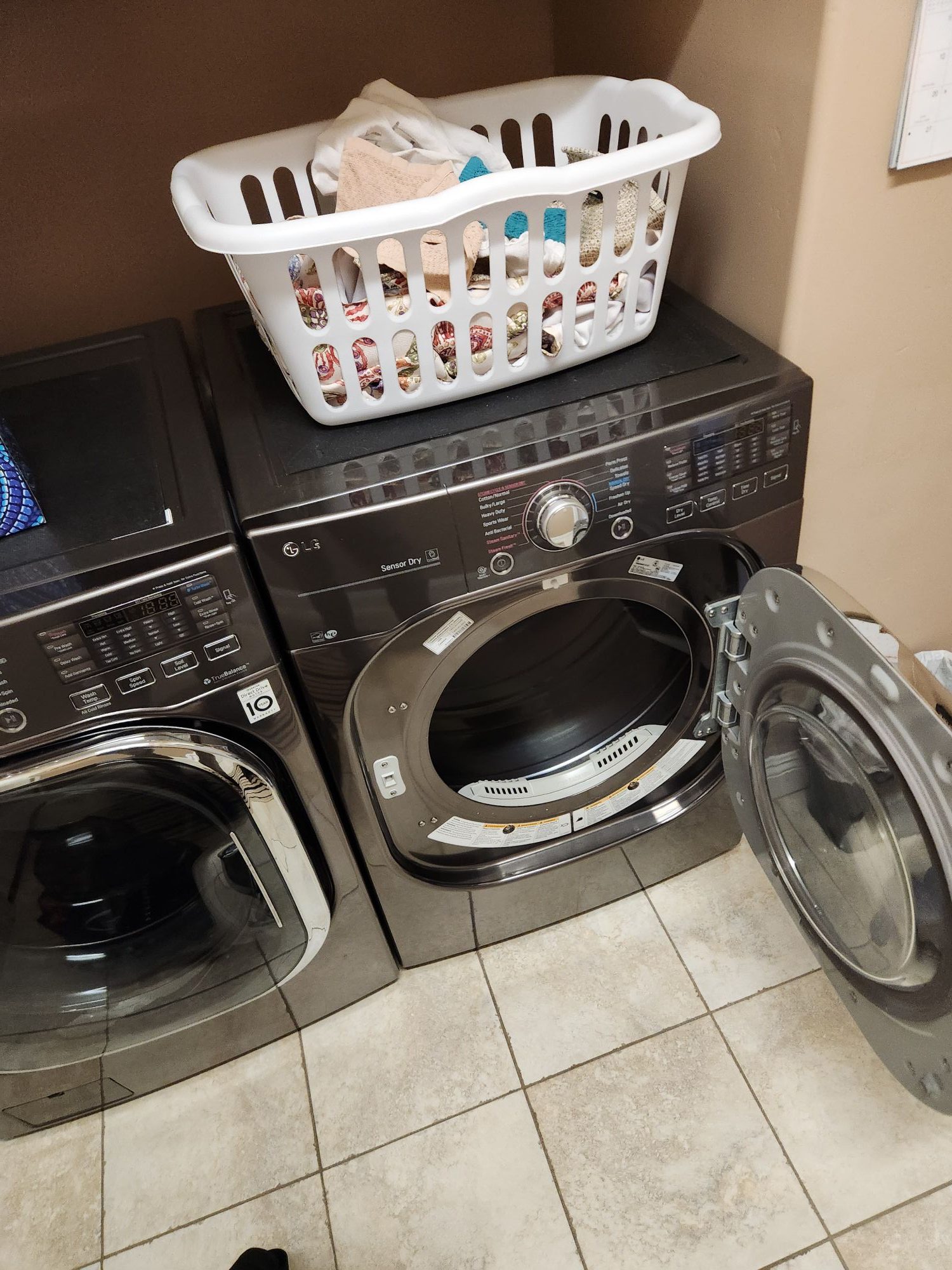Few things are more frustrating than pulling freshly washed laundry from the washer—only to find it covered in lint, fuzz, or residue. A washing machine is supposed to make clothes cleaner, not leave them looking worse than before. If you’ve noticed lint sticking to your garments after a wash, it’s time to investigate the root causes. Two of the most common culprits are a clogged drain pump filter and excessive detergent use.
Let’s explore why these issues occur, how to identify them, and what you can do to keep your washer running clean and efficient.
1. Understanding How Lint Builds Up
Every time you wash clothes, small fibers loosen from fabrics. Normally, these fibers are flushed out through the washer’s drainage system during the rinse and spin cycles. However, if something interrupts that process—like a blockage or detergent residue—the lint remains inside the drum and settles back on your clothes.
Certain types of fabrics, such as cotton and wool, naturally shed more lint. Washing them with synthetic materials can worsen lint transfer, especially if the washer isn’t filtering properly. Over time, these tiny particles accumulate in hidden parts of your machine and become difficult to remove without maintenance.
2. Clogged Drain Pump Filter: The Hidden Lint Trap
Most modern washing machines are equipped with a drain pump filter—a small but crucial component that captures lint, coins, buttons, and other debris before water drains from the machine. When this filter gets clogged, water can’t flow out properly. As a result, lint-filled water recirculates during the rinse cycle, redepositing debris onto your clothes.
Symptoms of a Clogged Drain Pump Filter
- Lint or residue sticking to clothes after washing.
- Poor draining or standing water inside the drum.
- Longer-than-usual wash cycles.
- Strange noises during draining, as the pump struggles to push water through.
How to Check and Clean the Filter
- Unplug the washer. Safety first—always disconnect the power before maintenance.
- Locate the filter. It’s usually behind a small panel near the bottom front of the machine.
- Place a towel or shallow tray. Expect residual water when you open the cover.
- Remove and clean the filter. Rinse it under running water to remove lint, hair, and buildup.
- Inspect the drain pump area. Clear out any debris that may have slipped past the filter.
Cleaning the filter regularly—ideally once a month—can dramatically reduce lint residue and prevent drainage issues.
3. The Role of Detergent in Lint Formation
While it might seem that “more detergent equals cleaner clothes,” the opposite is often true. Using too much detergent creates excessive suds that trap lint and dirt instead of rinsing them away. These sticky residues cling to fabric fibers, especially in low-water high-efficiency (HE) washers.
Over time, excess detergent leaves behind a film inside the drum, hoses, and pump. This buildup mixes with lint, forming clumps that get redeposited on clothes. Additionally, if you’re using the wrong type of detergent for your washer (for example, regular detergent in an HE machine), it can cause poor rinsing and persistent lint problems.
Tips to Avoid Detergent-Related Lint Issues
- Use HE detergent if your washer requires it.
- Measure detergent carefully according to the load size and soil level.
- Perform a monthly maintenance wash with hot water and no laundry—just a washer cleaner or white vinegar—to remove buildup.
- Rinse clothes an extra time if you suspect residue.
A simple adjustment in detergent habits can make a big difference in lint control and washer efficiency.
4. Additional Factors That Contribute to Lint Residue
While the drain pump filter and detergent use are leading causes, other factors may also contribute:
- Overloading the washer: When there’s no room for movement, lint can’t rinse away.
- Mixing fabrics: Wash lint-producing clothes (like towels) separately from lint-attracting ones (like synthetics).
- Neglected maintenance: A dirty drum or neglected washer interior encourages buildup.
- Old or damaged hoses: Restricted water flow affects rinsing performance.
By addressing these smaller issues, you can enhance your washer’s overall performance and reduce lint-related frustrations.
5. Preventive Maintenance: Keep Lint Away for Good
Preventing lint buildup isn’t complicated—it just requires consistent care:
- Clean the drain pump filter monthly.
- Run maintenance cycles with cleaning agents to flush out detergent residue.
- Avoid overloading the drum and separate heavy lint producers.
- Check the drainage hose for blockages or kinks.
- Wipe the drum and rubber gasket after every few washes to remove lint and moisture.
If the problem persists even after performing these steps, it could indicate a deeper issue—such as a malfunctioning pump, defective water flow sensor, or blocked internal hose. In such cases, professional service is necessary.
6. When to Call a Professional
If your clothes continue to come out linty despite regular cleaning and proper detergent use, it’s time to contact an expert. The issue might lie within the drain pump assembly or other internal components that require technical inspection. Attempting to fix these parts yourself could worsen the damage or void your warranty.
A skilled technician can inspect your machine, identify the source of the problem, and restore it to optimal performance quickly and safely.
A washer that leaves lint on clothes isn’t just an annoyance—it’s a sign your appliance needs attention. Whether it’s a clogged drain pump filter or excessive detergent use, addressing these problems promptly will save you time, energy, and frustration. Regular maintenance not only ensures cleaner laundry but also extends the life of your washing machine.
If your washer continues to leave lint or residue on your clothes, don’t wait for the issue to worsen. Contact Home Appliance Service Center today. Our professional technicians will diagnose the cause, clean or replace faulty components, and ensure your machine runs like new again.
Call Home Appliance Service Center for reliable, same-day washer repair service in your area!
Contact us
 619-928-5000
619-928-5000  Request Service
Request Service 
